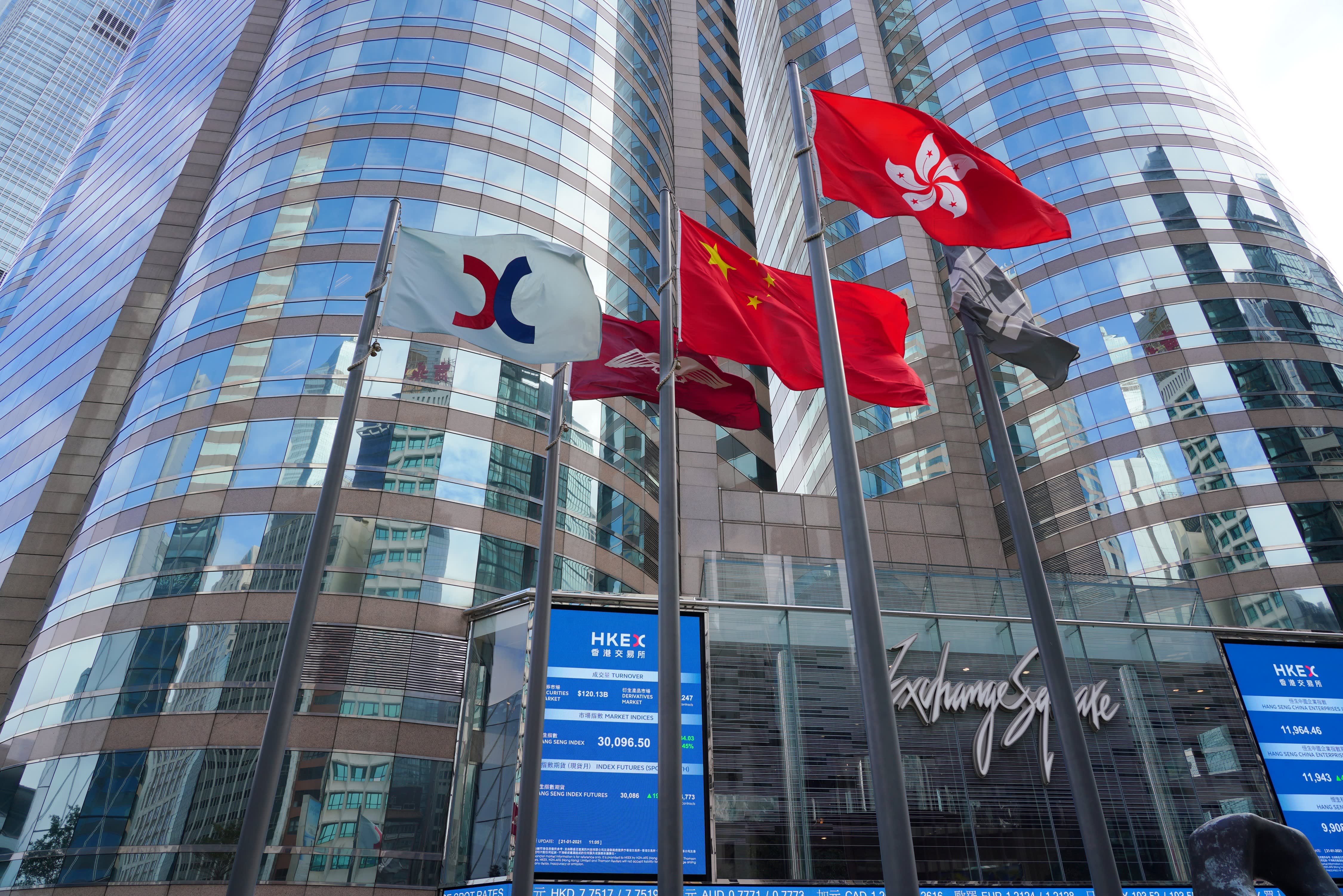BEIJING — The Chinese economy of 2023 almost definitely won’t look like the Chinese economy of 2019.
Real estate has slumped under Beijing’s crackdown. Exports have tapered off following a surge. Chinese e-commerce giant JD.com this year replaced Huawei, hit by U.S. restrictions, as the largest non-state-owned enterprise in China by revenue.
related investing news
In the last month, Beijing suddenly ceased many of the lockdown measures and Covid testing requirements that had weighed on economic growth over the last 18 months. Analysts warn of a bumpy road to full reopening, but they now expect China’s economy to bounce back sooner than previously forecast.
The elements underpinning that growth will almost certainly look different than they did three years ago, according to economists.
China’s growth model is moving from one highly dependent on real estate and infrastructure to one in which the so-called digital and green economy play greater roles, analysts at leading Chinese investment bank CICC said in their 2023 outlook released last month. They cited the ruling Chinese Communist Party’s 20th National Congress emphasis on innovation.
The digital economy category includes communication equipment, information transmission and software. Green economy refers to industries that need to invest in order to reduce their carbon emissions — electric power, steel and chemicals, among others.
Over the next five years, cumulative investment into the digital economy is expected to grow more than sevenfold to reach 77.9 trillion yuan ($11.13 trillion), according to CICC estimates.
That surpasses anticipated cumulative investment into real estate, traditional infrastructure or the green economy — making digital the largest of the four categories, the report said.
In 2021 and 2022, real estate was the largest category by investment, the report said. But the CICC analysts said that this year, investment into real estate fell by about 22% from last year, while that into the digital and green sectors grew by about 24% and 14%, respectively.
Beijing cracked down on developers’ high reliance on debt in 2020, contributing to defaults and a plunge in housing sales and investment. Authorities this year have eased many of those financing restrictions.
Fading exports
While much of the world struggled to contain Covid-19 in 2020 and 2021, China’s swift control of the virus helped local factories meet surging global demand for health products and electronics.
Now, demand is dropping. China’s exports started to fall year-on-year in October — for the first time since May 2020, according to Wind Information.
Next year, a reduction in net exports is expected to cut growth by 0.5 percentage points, Goldman Sachs Chief China Economist Hui Shan and a team said in a Dec. 16 note. Net exports had supported China’s GDP growth over the last several years, contributing as much as 1.7 percentage points in 2021, the analysts said.
But China’s exports to the Association of Southeast Asian Nations have picked up, surpassing those to the U.S. and EU on a monthly basis in November, according to customs data.
“Exports to ASEAN countries may serve as a mild buffer to the pressures in EU and US markets,” Citi’s China economist Xiaowen Jin and a team said in a note Wednesday. They expect ASEAN’s GDP growth to rebound in 2023, while the U.S. and EU spend part of next year in recession.
Jin pointed out that China’s car exports, especially of electric cars and related parts, helped support overall exports this year.
Beijing has pushed hard to increase the development of the national electric car industry. Many brands from Nio to BYD have started to sell passenger cars to Europe and other countries.
Consumer comeback?
“The rapid deceleration in exports also means China needs to tap into domestic markets for growth over the foreseeable future,” said Hao Zhou, chief economist at Guotai Junan Securities in a Dec. 15 note. “With the easing of Covid restrictions, consumption is likely to see meaningful and sustainable recovery from next year.”
He expects retail sales to rise by 6.8% next year, and national GDP to grow by 4.8%.
Central government policy announcements this month have prioritized boosting domestic consumption. Retail sales have lagged overall growth since the pandemic, while a record share of people have preferred to save.
Goldman Sachs analysts raised their 2023 GDP forecast from 4.5% to 5.2% on the economy reopening sooner than expected, with consumption as the main driver.
However, they cautioned that income and consumer confidence will take time to heal, meaning any release next year of “pent-up demand” may be limited outside of a few categories such as international travel.
Rich spend more, poor spend less
Spending among poorer Chinese isn’t keeping pace with how much wealthy Chinese are spending — a contrast to greater uniformity between the groups prior to the pandemic, according to a McKinsey survey this year.
That trend has showed up in companies’ financial results.
In the quarter ended Sept. 30, budget-focused Pinduoduo said revenue from merchandise sales plunged by 31% from a year ago to 56.4 million yuan.
Alibaba‘s China commerce revenue, which include apparel sales, declined by 1% year-on-year to 135.43 billion yuan during that time.
Sales of more expensive items favored by the middle class, including electronics and home appliances, rose at JD.com, which said revenue from such products increased by about 6% to 197.03 billion yuan in the three months ended Sept. 30.
Longer term, McKinsey expects millions of urban households to become more affluent, while the number in the lower income category declines.


